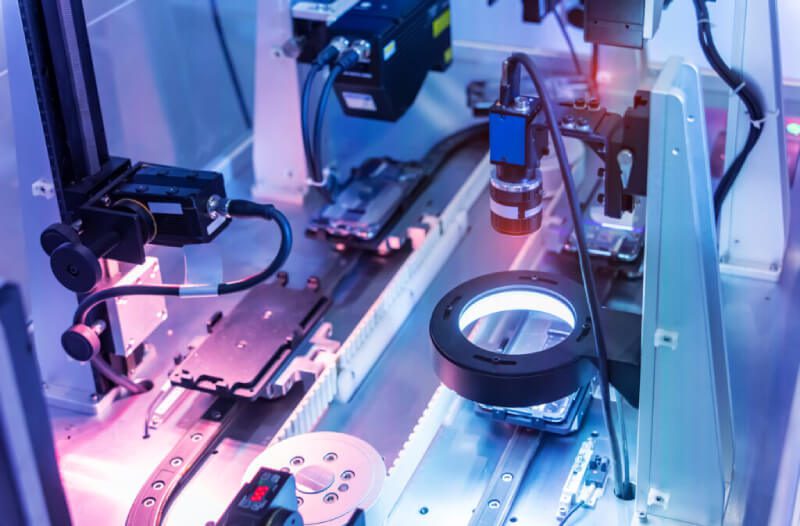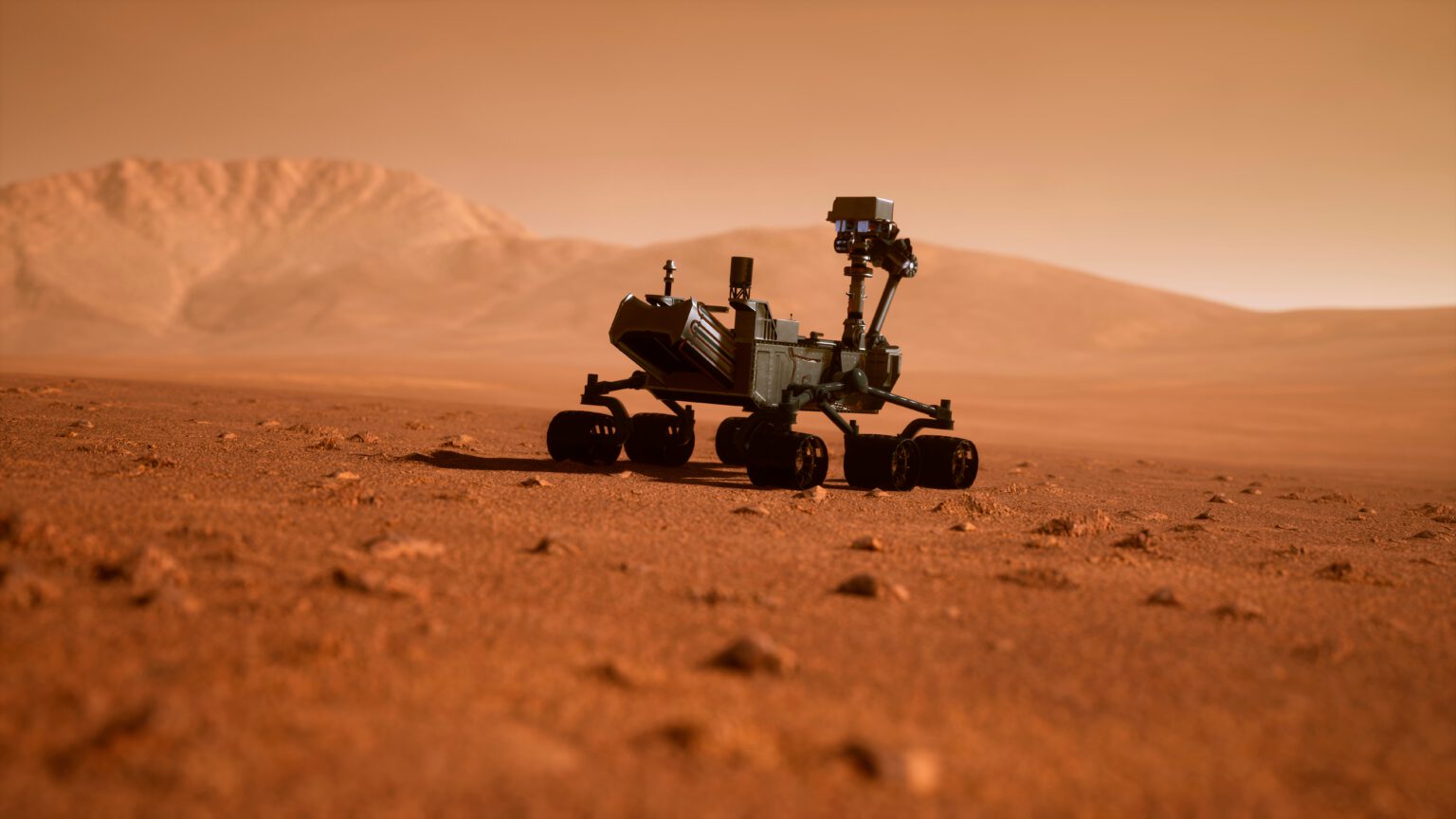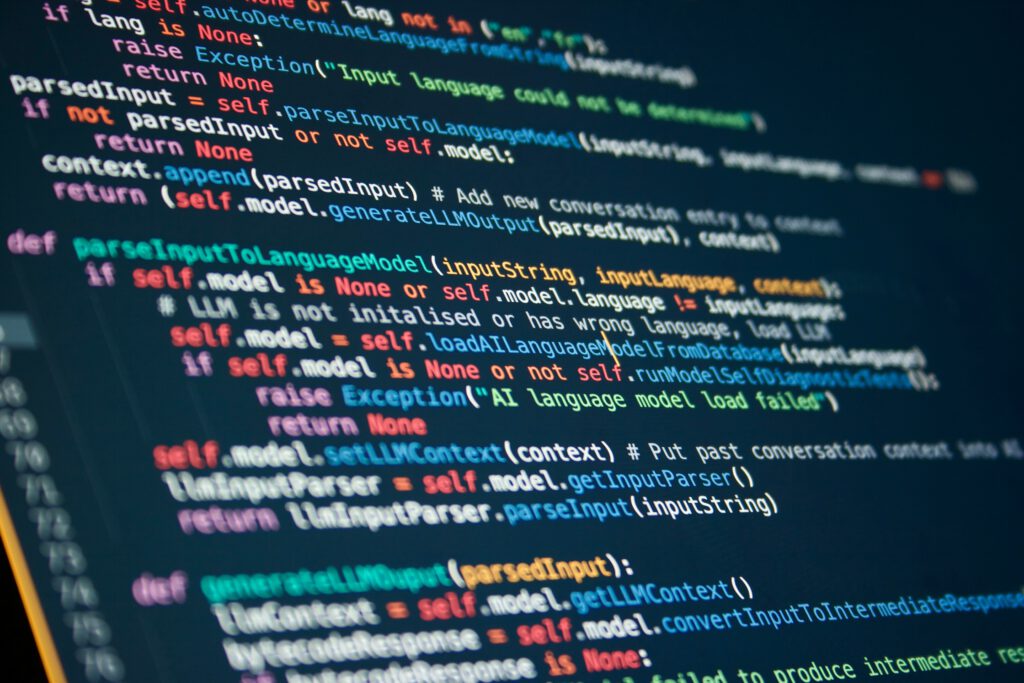Computer vision is a rapidly growing field within artificial intelligence that involves the development of algorithms and systems to enable computers to process, analyze, and understand images and videos. In recent years, computer vision has found a number of applications in various industries, including industrial manufacturing.
Computer Vision Applications in Industrial Manufacturing
One important use case for computer vision in industrial manufacturing is the automation of quality assurance (QA) processes. Quality assurance is the practice of verifying that products meet certain standards of quality, and it is an essential part of any manufacturing process. Traditionally, quality assurance has been a labor-intensive process that requires manual inspection of products at various stages of production. However, with the advent of computer vision, it is now possible to automate many of these inspections using machine learning algorithms.
One way that computer vision is used for quality assurance in industrial manufacturing is by analyzing images of products to detect defects or anomalies. For example, a computer vision system might be trained to recognize the presence of cracks, dents, or other defects in a metal component. If the system detects an anomaly, it can flag the product for further inspection or rejection, ensuring that only high-quality products are shipped to customers.
Another way computer vision is used in industrial manufacturing is for assembly verification. During the assembly process, computer vision algorithms can be used to verify that components are properly aligned and assembled. This allows manufacturers to quickly identify and address problems before they result in defective products. Computer vision can also be used in industrial manufacturing for quality assurance in the packaging and labelling process. By analysing images of packaged products, computer vision algorithms can ensure that the correct labels are applied to the correct products and that the products are properly packaged and sealed.
Another use of computer vision in industrial manufacturing is for process control and optimization. By analyzing images of the manufacturing process, computer vision algorithms can identify bottlenecks or inefficiencies that may not be immediately apparent. This can help manufacturers to optimize their processes and improve efficiency.
In addition to automating quality assurance and anomaly detection, computer vision is also being used in industrial manufacturing to improve efficiency and reduce waste. For example, computer vision can be used to track the movement and location of parts and materials within a factory, helping to optimize production flow and reduce the need for manual tracking and inventory management.
Overall, computer vision is playing an increasingly important role in the industrial manufacturing industry, helping to automate quality assurance, detect anomalies, and improve efficiency. As the capabilities of computer vision systems continue to improve, it is likely that we will see even more widespread adoption of these technologies in manufacturing environments.
How AI Superior can help
If you are looking to improve quality assurance, efficiency, and competitiveness in your manufacturing operations, our computer vision development services can provide you with the tools you need to automate inspection, optimize processes, verify packaging and labelling and more.
Our team of experienced developers has a track record of success in the manufacturing industry, and we are ready to work with you to identify the specific needs of your business and develop a solution that meets those needs.
Contact us today to learn more about how our computer vision development services can help your company succeed!




